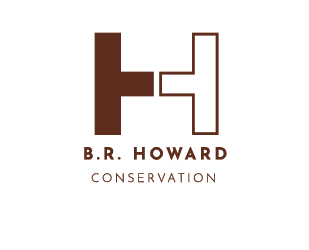How to create an online map for a public art collection: Planning your map
Why have a map of your public art?
Maps can be easy to use and fun to look at, they are a great choice for building awareness of pubic art in a town. A map is a great asset to feature on your website. It is an entertaining thing for people to feature on blogs, Pinterest and Facebook. The more ways people are exposed to who you are, the more interest and support your organization can get. We’ve created this 3 part series to help you learn to plan your map (this post), create your map, and market your map.
Philadelphia’s Association for Public Art’s online interactive map
Public art map benefits
Increased traffic to website. When you promote your map on social media and through blogs, you increase your chances of increased website traffic.
More walking traffic in town = more customers for local businesses. The more people you draw to your town, the more people there are to support your local economy.
A positive experience with public art can create new public art supporters and advocates. Once people see the value of the art in your town, it can be much easier to gain support for your goals.
Planning a public art map
What information will you show on the map?
First you'll have to decide how detailed you want your map to be. There are some pieces of information that are a must like:
Name of the public art piece
Well taken photo/s
Location of the piece (address or street intersection)
Without these, the map won't be very helpful! The user needs to know what they are looking for and where it is. Even just with these 3 simple details, your users will find value in the map and you're on your way to success. You could also include some extra information on the map like:
A description or backstory of the art
Date of when it was first added to the collection
The artist’s name
Materials it is made out of
Things to do nearby in the city
These wouldn't be necessary, but they could help the users learn more about the piece, why its in the town, and create a different level of appreciation for it.
Create an inventory of your collection
The next thing you'll need to do is take an inventory of what public art pieces are in your town (without this, you won't have anything to feature on your map!). Depending on the size of your collection and how much information you want to include, this may take a day or this may take a month. Make a list of what pieces you have and where they are. This is the list you'll use to take your photos.
Take photos of your public art collection
If possible, keep the photos as consistent with lighting as possible. Try not to take some photos on a cloudy day, a sunny day, morning, and evening. Pick one time of day and one kind of light. This might mean your photos will need to be taken over the course of a couple weeks because of weather, but in the end it will make for a more consistent and professional end result for the map. Hiring a professional photographer is always an option (or reach out to a local college for a student volunteer in their photography department).
Designate a plan for map maintenance
One of the most disappointing things for a website user is when a website is not up to date. This gives the impression that the organization/business doesn't truly care about what they are offering. Be proactive now and create a plan for how you intend to manage your map. When new art is added in town, who is going to add it to the map? Who is going to be in charge of promoting the map? These are things to think about now so you are ready to hit the ground running when your map goes live.
Consider options for creating the map
There are many different options to actually build your map. We're going to go over some of the popular map services and methods and provide examples in the next post called “How to create an online map for a public art collection: Creating your map”.

